The ancient forest in Dong Nai is considered a treasure, not only possessing historical value but also becoming a destination for scientific research on rubber trees.
When mentioning Dong Nai, people know about the bustling industrial zones. Few people know that this land also has a green "treasure" called the rubber garden preserved by the Vietnam rubber industry, which is over 100 years old.
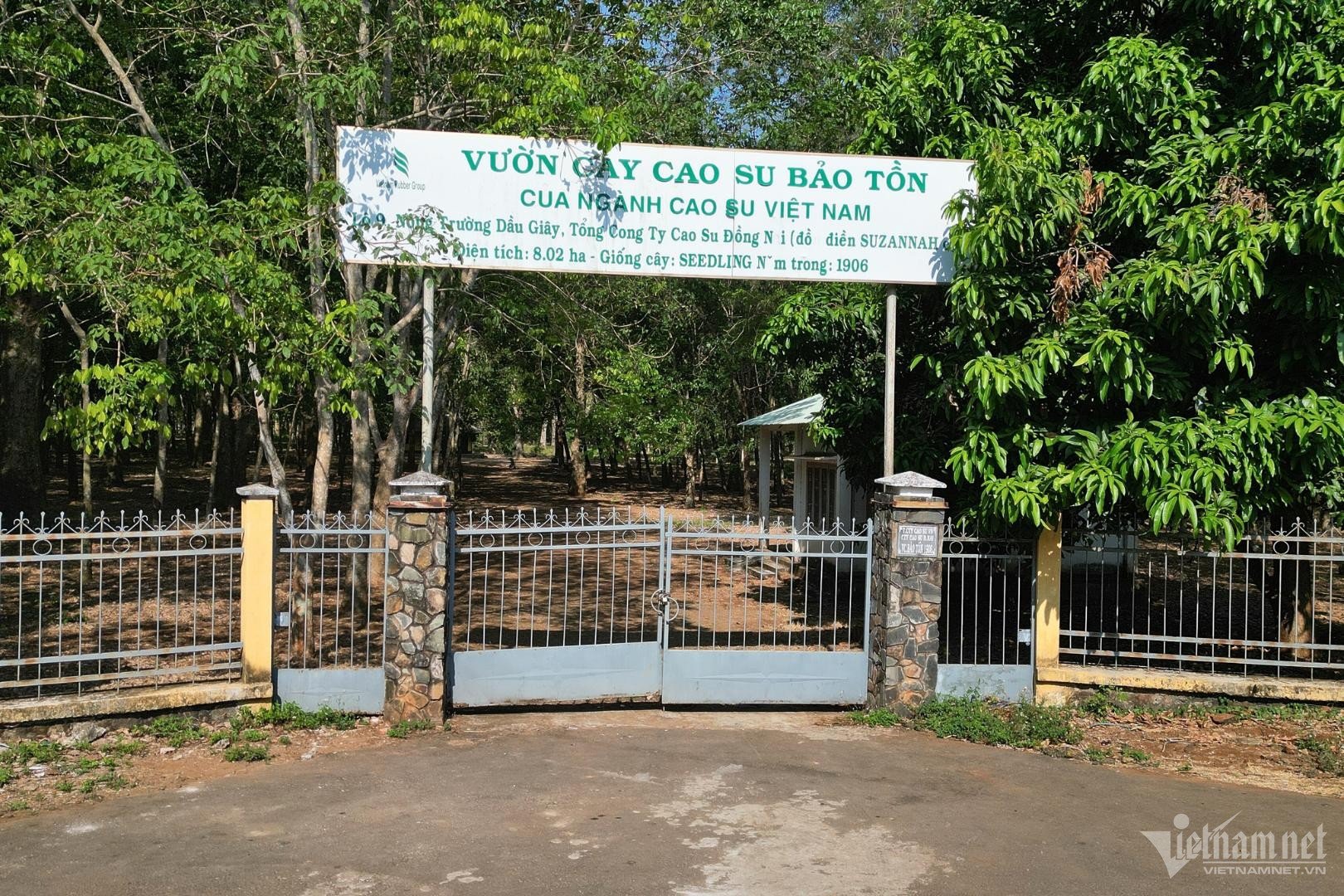 |
| The first rubber garden in Vietnam |
Nestled in the middle of Dau Giay town, the bustling Thong Nhat district, the 118-year-old ancient rubber forest has a unique and mysterious beauty, as if taking visitors back in time to the past. This place owns hundreds of giant rubber trees, each trunk is large, rough, the roots are tightly entwined in the ground, creating a majestic natural landscape.
Entering the garden, before the giant size of the rubber trees, visitors seem to go back in time to the beginning of the Vietnamese rubber industry.
Here the air is fresh and cool, the chirping of birds and the rustling of leaves create a gentle natural symphony, helping visitors relax their minds and feel strangely peaceful.
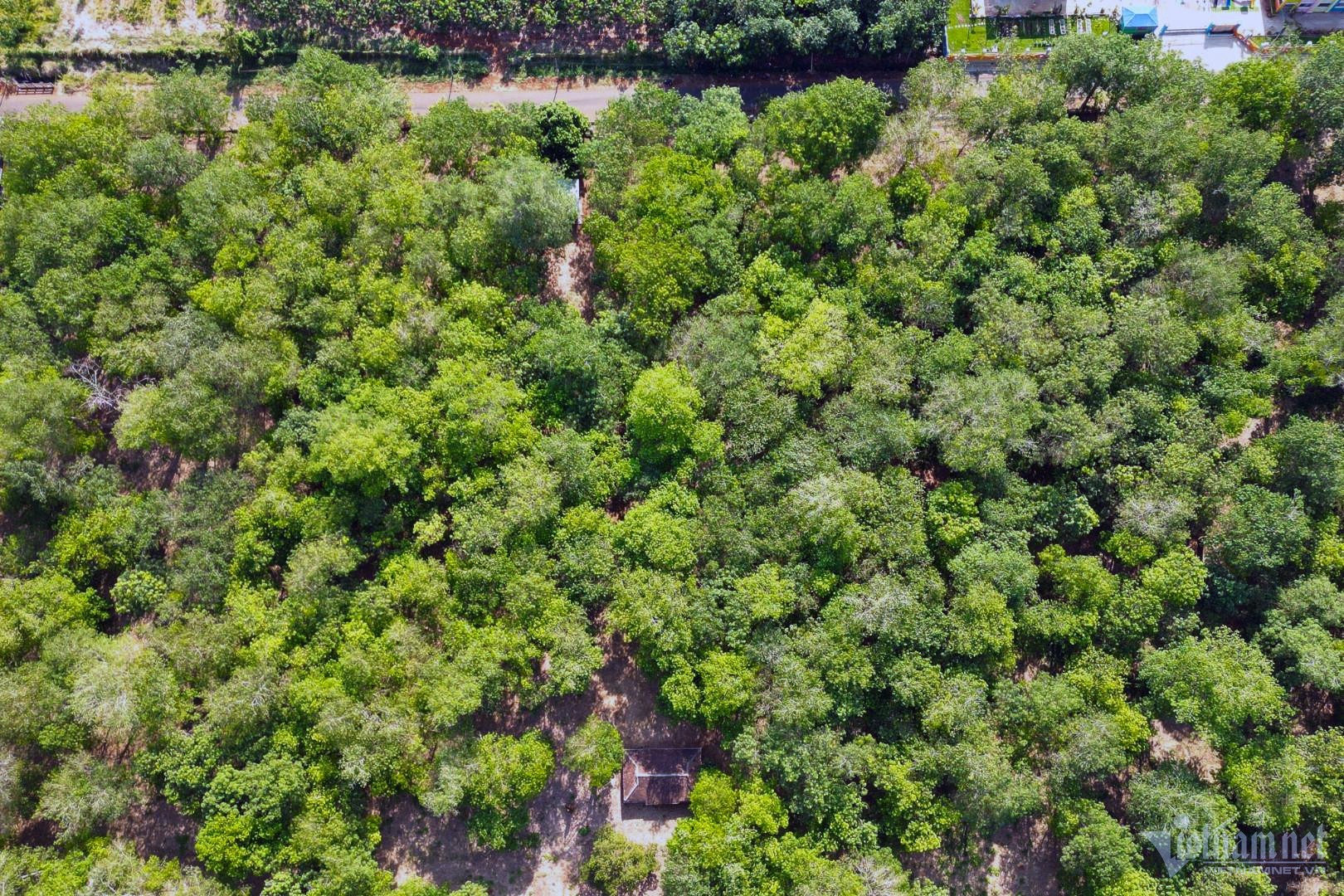 |
| 118-year-old rubber tree garden seen from above looks lush green |
According to some documents, this ancient tree garden was planted in 1906 under the name Suzannah Plantation. After more than 100 years of historical ups and downs, the rubber trees still stand tall, symbolizing strong vitality and longevity over time.
This conservation garden of the Vietnamese rubber industry is over 8 hectares wide, with 224 trees remaining out of a total of more than 1,000 trees planted on trial.
The unique feature of this ancient forest is the enormous size of the rubber trees with trunk diameters ranging from 1-3 m, about 30 m high, some trees even require several people to hug.
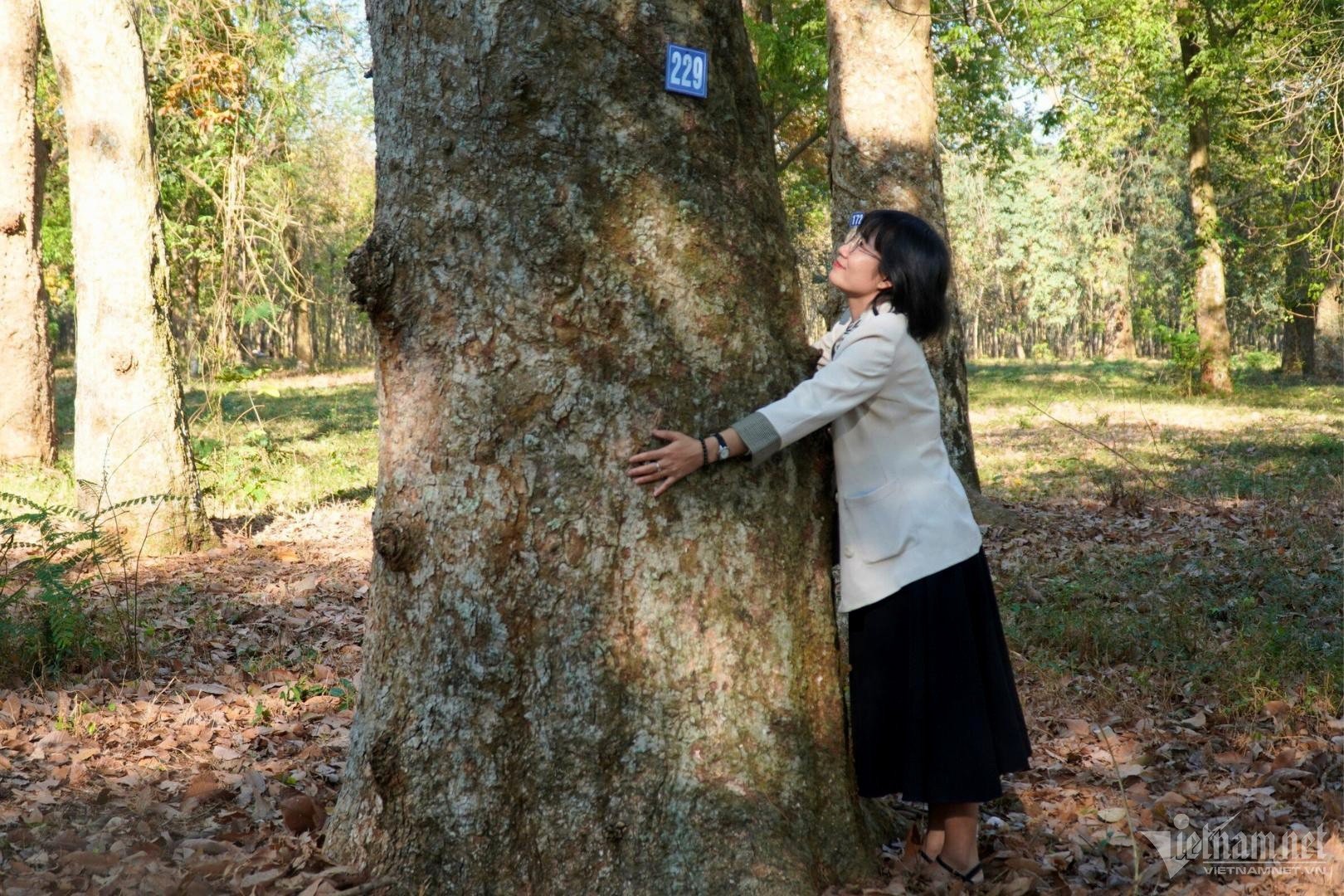 |
| A tourist cannot hug the base of a rubber tree that is more than a century old. |
The rubber trees here are all epiphytes, growing directly from seeds rather than through grafting. Seeds from the first rubber trees were collected from many different sources, giving the forest a diversity of species and genetics. Thanks to that, the rubber trees here have strong vitality, adapt well to soil and climate conditions, creating a unique forest ecosystem.
 |
| The marks on the trunk of a healthy rubber tree and behind it is a rotten rubber tree. |
In 1980, the rubber industry stopped exploiting the “white gold” in this garden to preserve it and serve the historical education of the younger generation. Currently, garden care is also prioritized, and the tree roots are whitewashed to limit mold and disease-causing parasites.
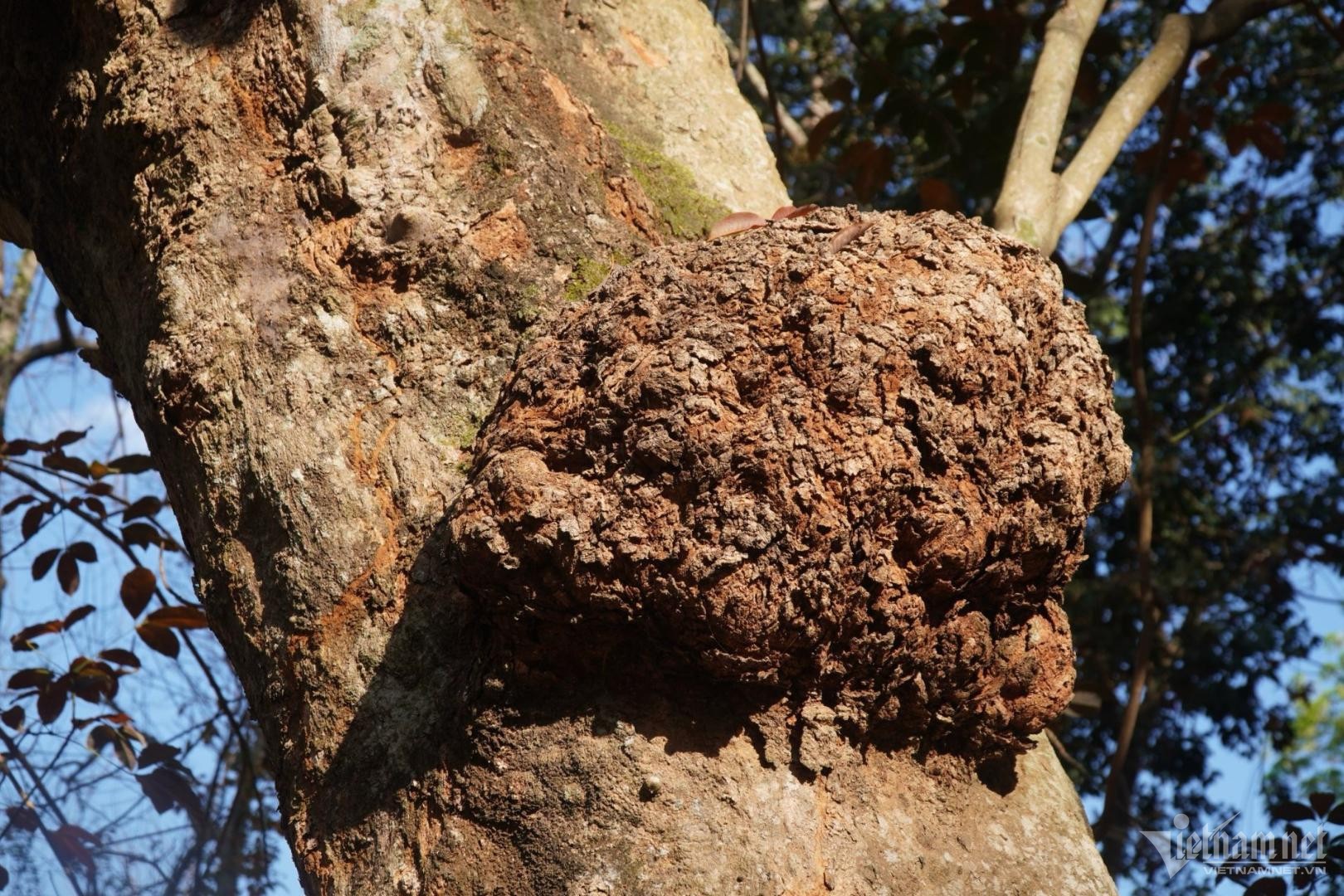 |
Mr. Nguyen Tuan Quang, Head of the Technical Team of An Loc Farm, said that to facilitate conservation and care, the management unit numbers each tree. Every month, people will be assigned to cut grass, clean, and take care of the rubber garden that is over 100 years old.
“Many trees have rotted inside, but these rubber trees are still growing well,” said Mr. Quang.
In addition to the above care measures, An Loc farm also coordinates with relevant agencies to research and preserve this ancient rubber forest. This place is expected to become a valuable rubber industry tourist destination in the future.
According to research, this was the largest plantation at that time. The first rubber workers were recruited from the North and Central regions, mainly in Quang Tri province. They were recruited here to work in difficult and arduous conditions.
In 1994, to protect the precious ancient forest, An Loc rubber garden was surrounded by a solid fence and guarded by a gate.
In 2009, this ancient tree garden was recognized as a provincial historical relic. This is a testament to its great historical and cultural value, contributing to the cultural identity of Dong Nai.
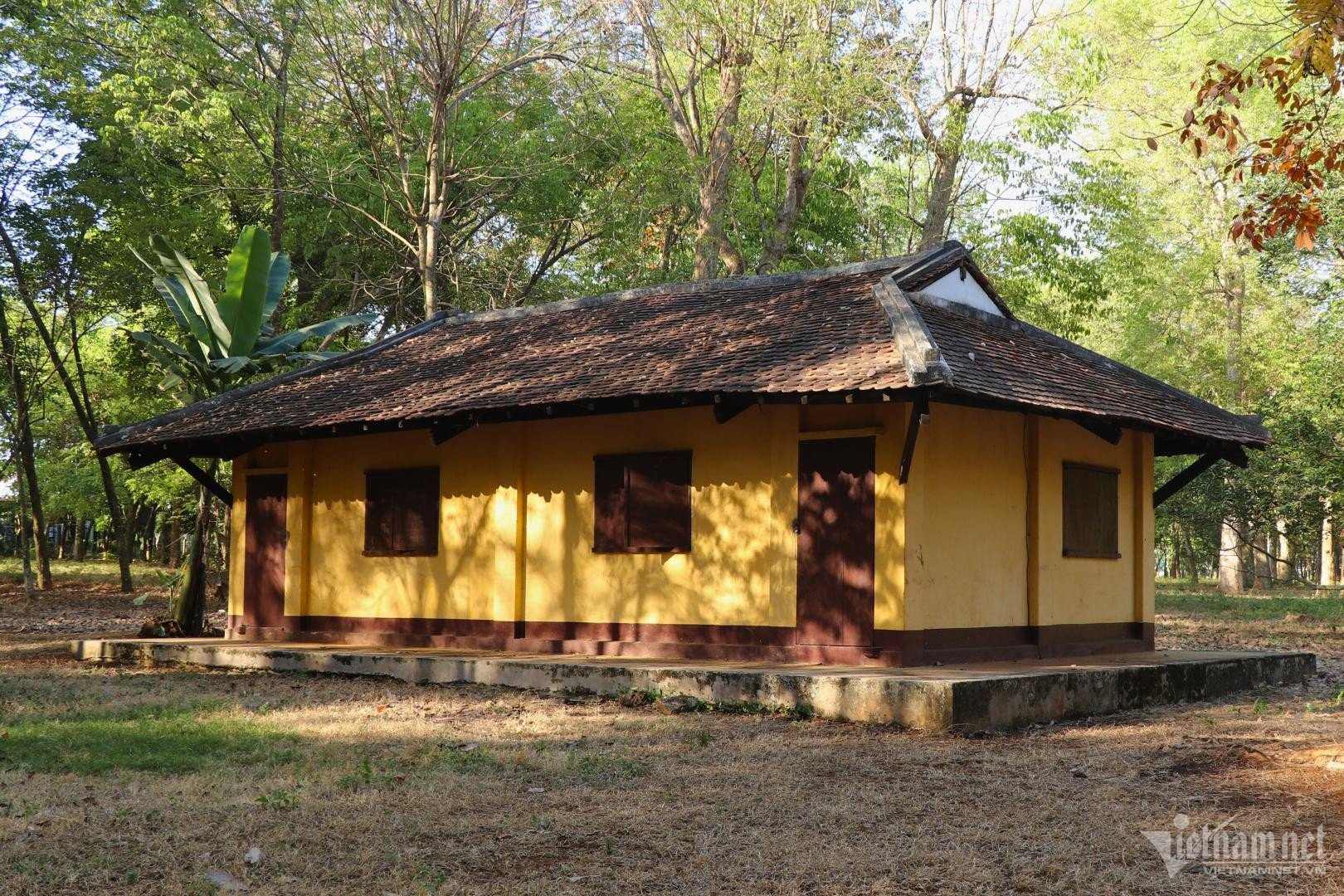 |
The house of the workers right in the rubber garden was restored. |
In 2015, Dong Nai Rubber Corporation restored the workers' house right in the conservation area, so that visitors can have a more vivid and closer view of the first years of the rubber industry.
Mr. Doan Van Dung used to be a rubber tapping worker at the farm. For the past two years, he has been assigned to take care of the conservation garden.
“The rubber trees in the garden are all old. Therefore, we must take good care of them. When we detect diseases on the trees, we must report them to the farm and the company for treatment and preservation of the rubber trees,” Mr. Dung shared.
With its great historical, cultural and scientific values, this ancient rubber garden deserves to be the pride of the Vietnamese rubber industry and a heritage that needs to be preserved for future generations.


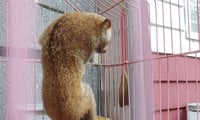


According to Vietnamnet
Source: https://tienphong.vn/chiem-nguong-bau-vat-hon-mot-the-ky-an-minh-o-dong-nai-post1638182.tpo



![[Photo] National Assembly Chairman Tran Thanh Man meets with General Secretary and President of China Xi Jinping](https://vstatic.vietnam.vn/vietnam/resource/IMAGE/2025/4/14/4e8fab54da744230b54598eff0070485)

![[Photo] Reception to welcome General Secretary and President of China Xi Jinping](https://vstatic.vietnam.vn/vietnam/resource/IMAGE/2025/4/15/ef636fe84ae24df48dcc734ac3692867)
![[Photo] Prime Minister Pham Minh Chinh meets with General Secretary and President of China Xi Jinping](https://vstatic.vietnam.vn/vietnam/resource/IMAGE/2025/4/14/893f1141468a49e29fb42607a670b174)
![[Photo] Tan Son Nhat Terminal T3 - key project completed ahead of schedule](https://vstatic.vietnam.vn/vietnam/resource/IMAGE/2025/4/15/85f0ae82199548e5a30d478733f4d783)


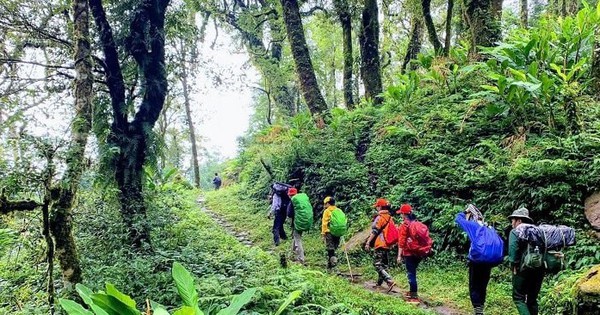

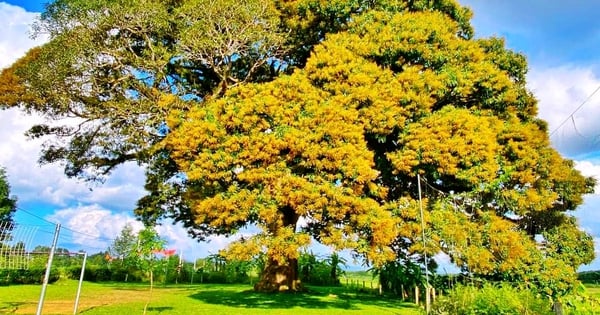

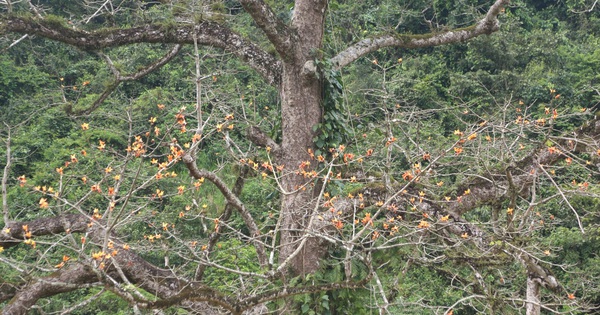


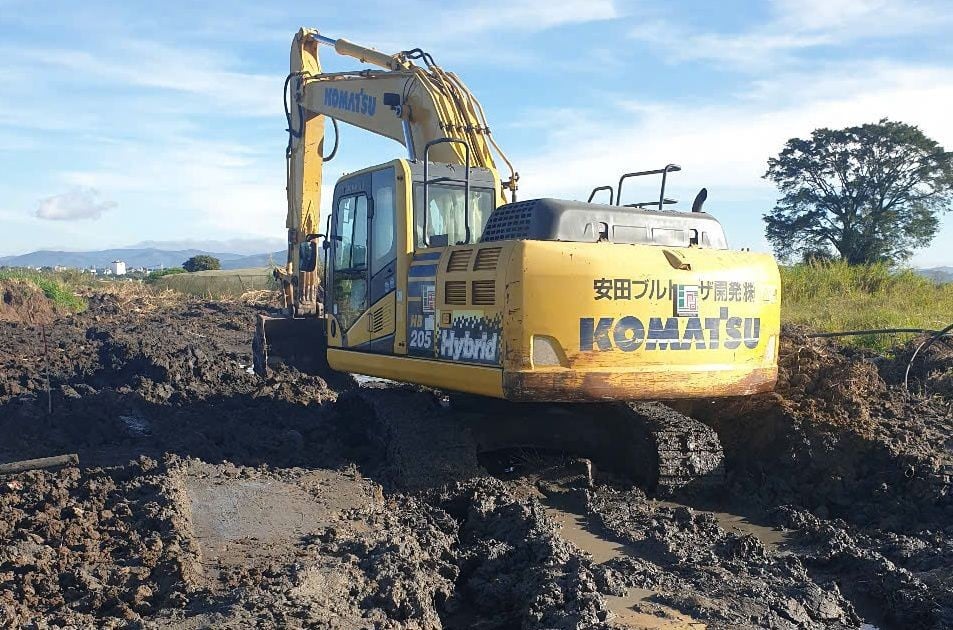





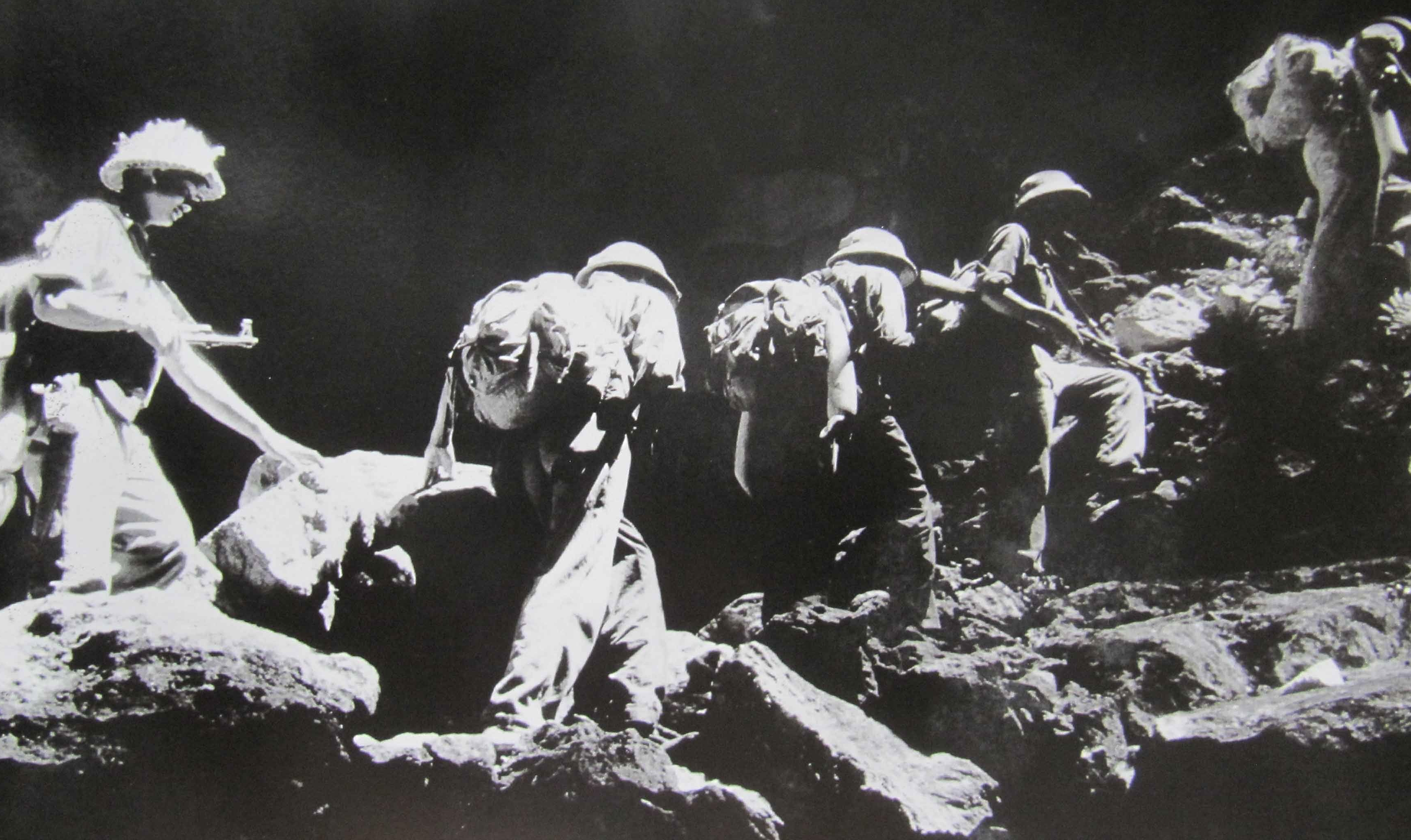







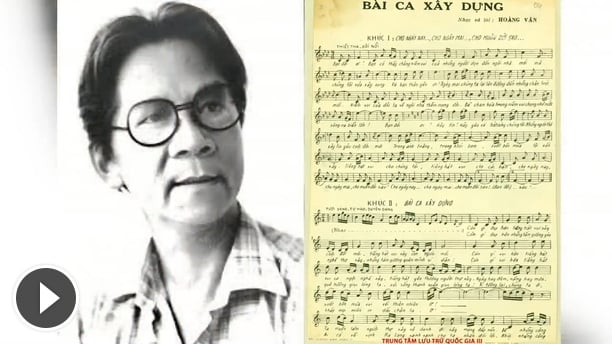

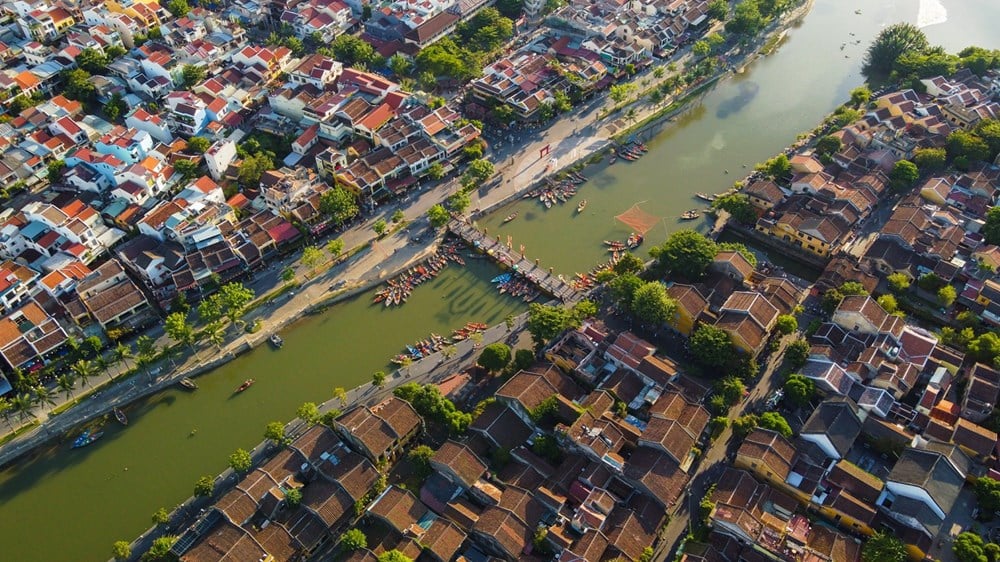

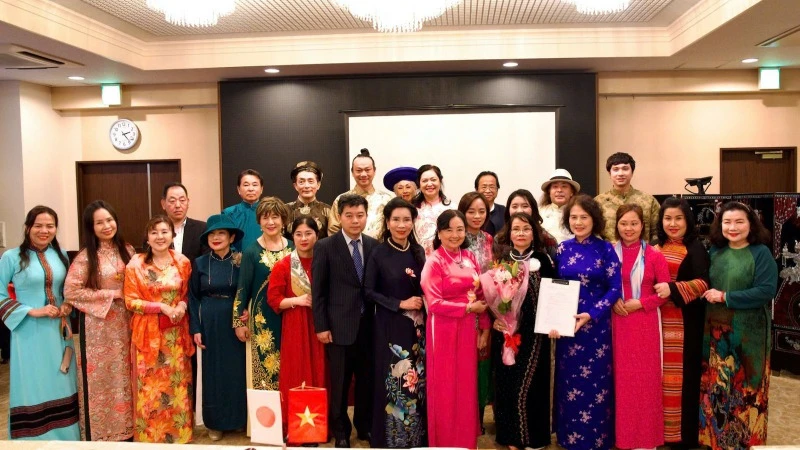

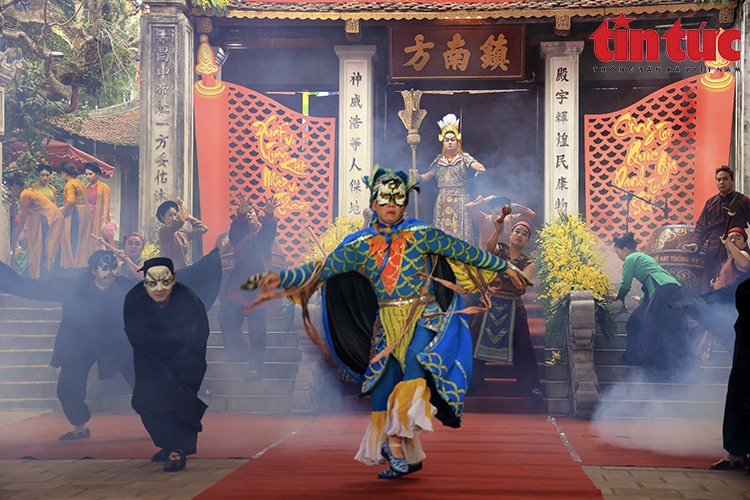








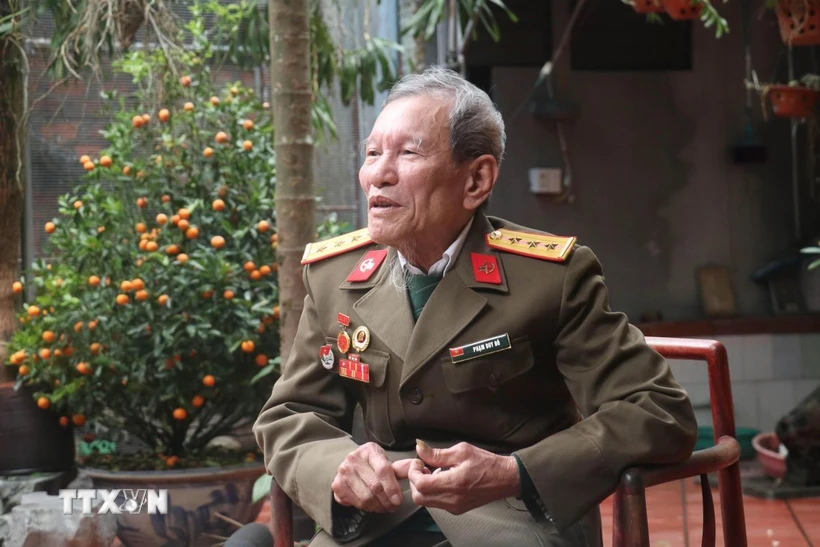




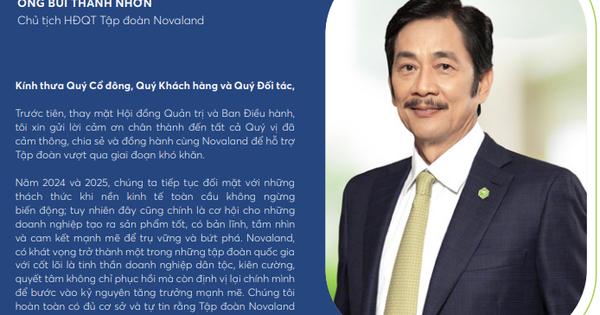









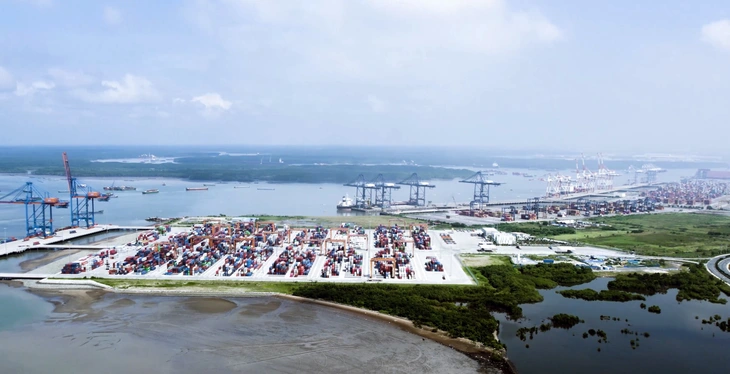


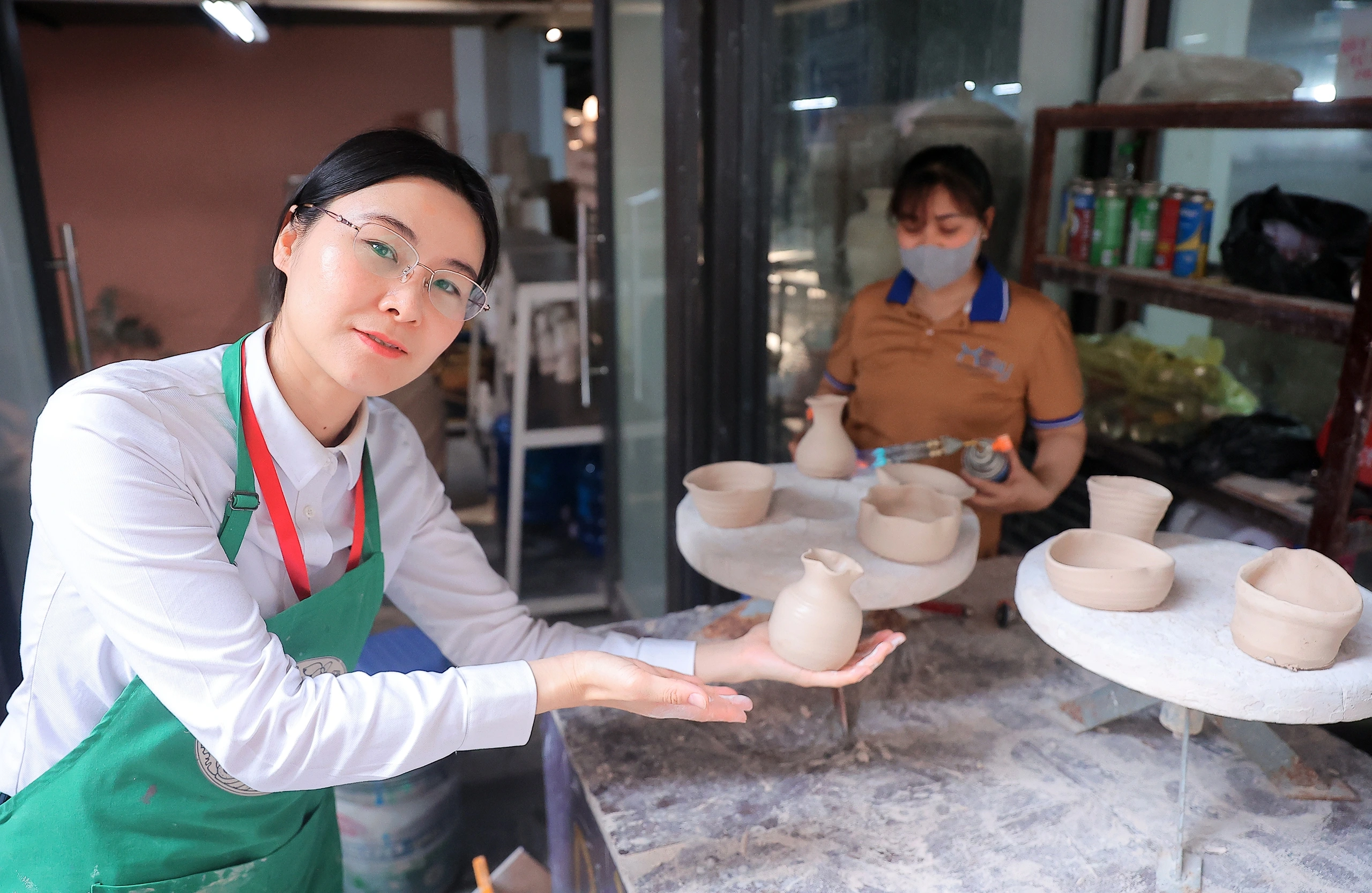

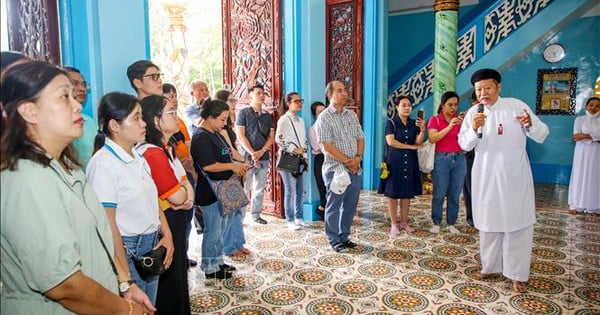

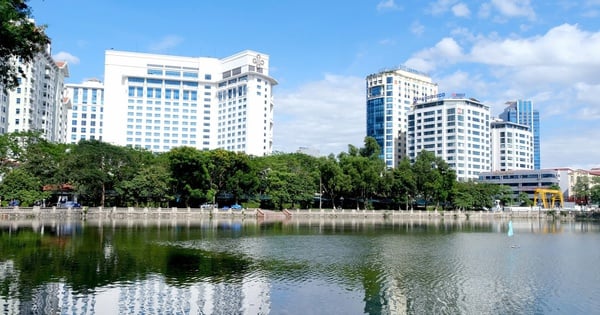
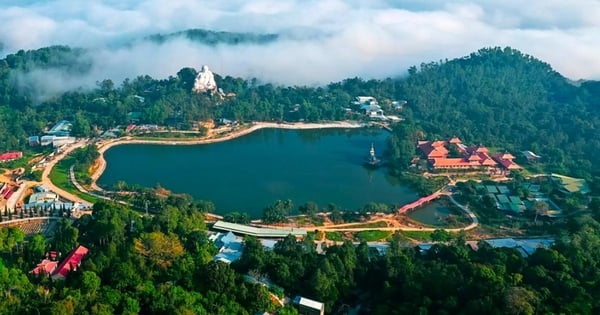

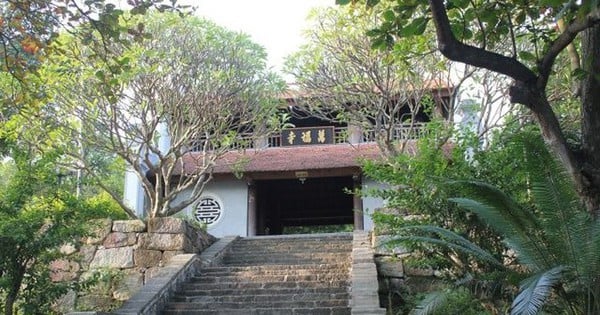




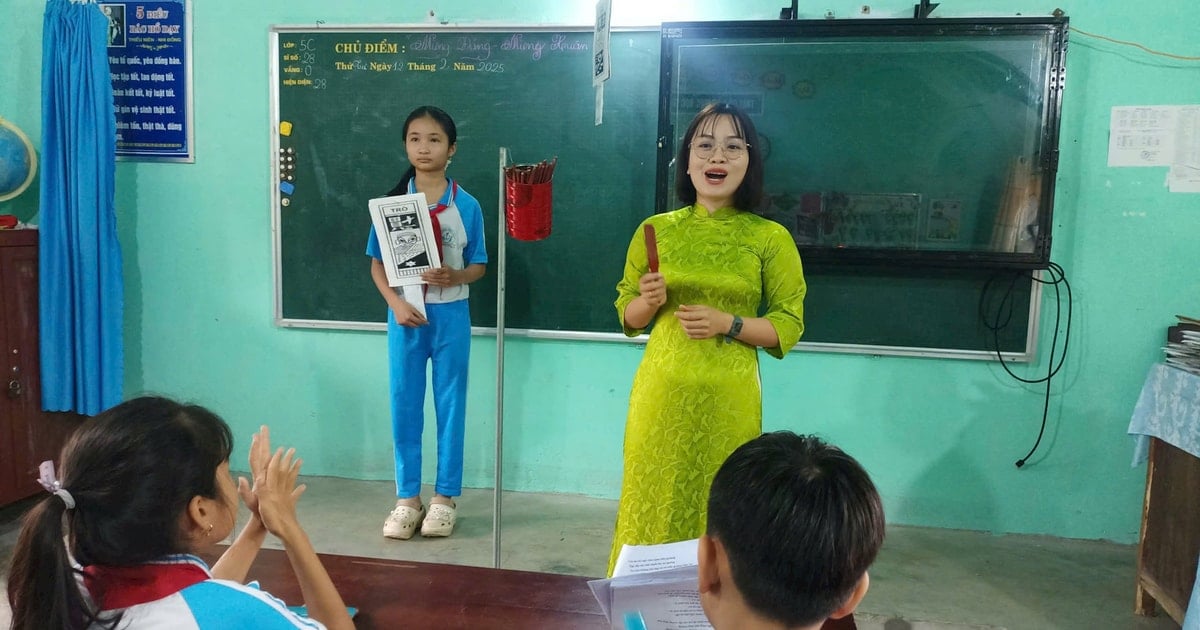

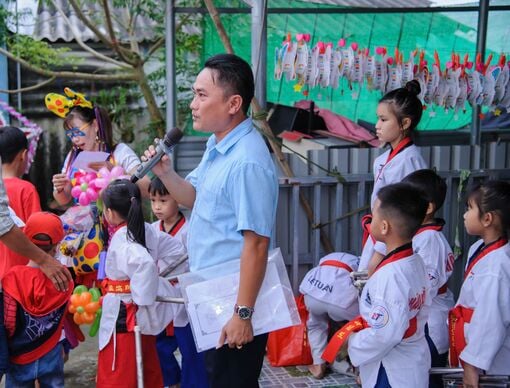


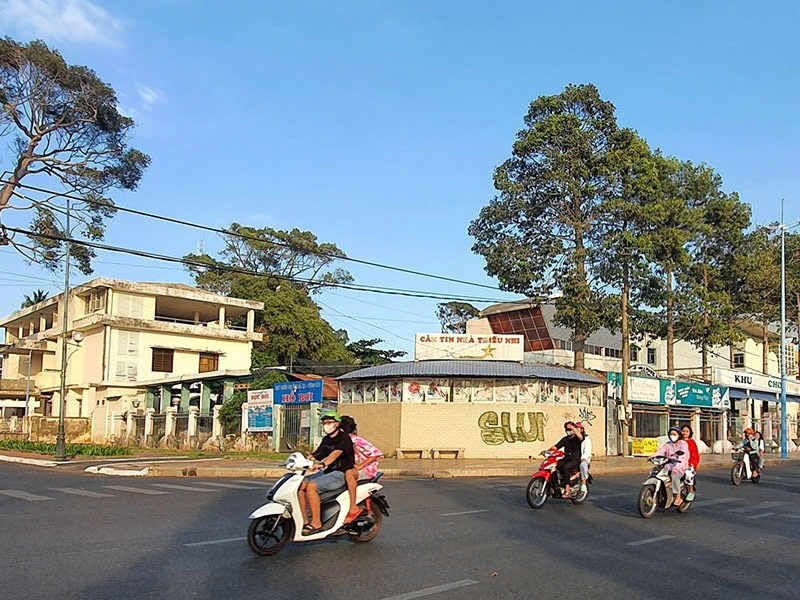



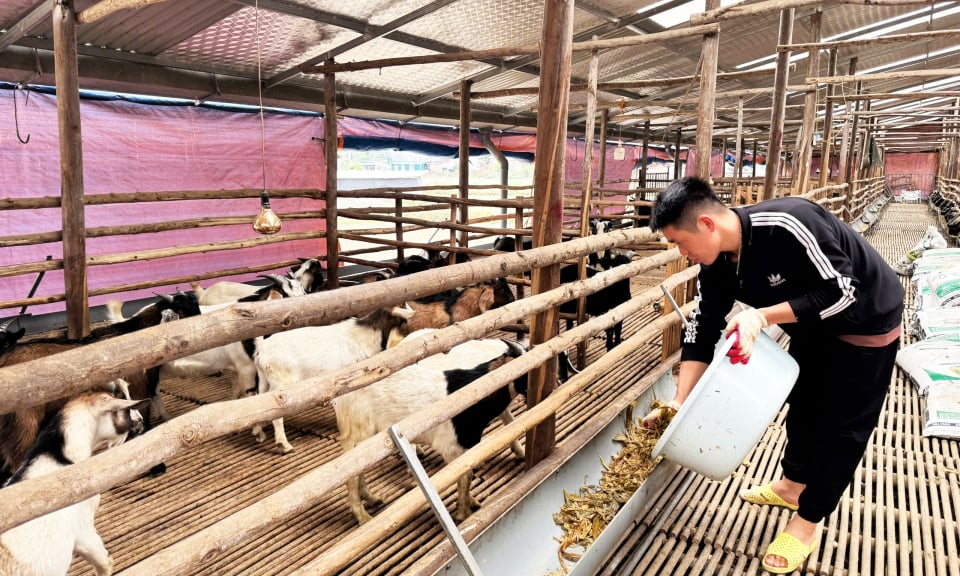



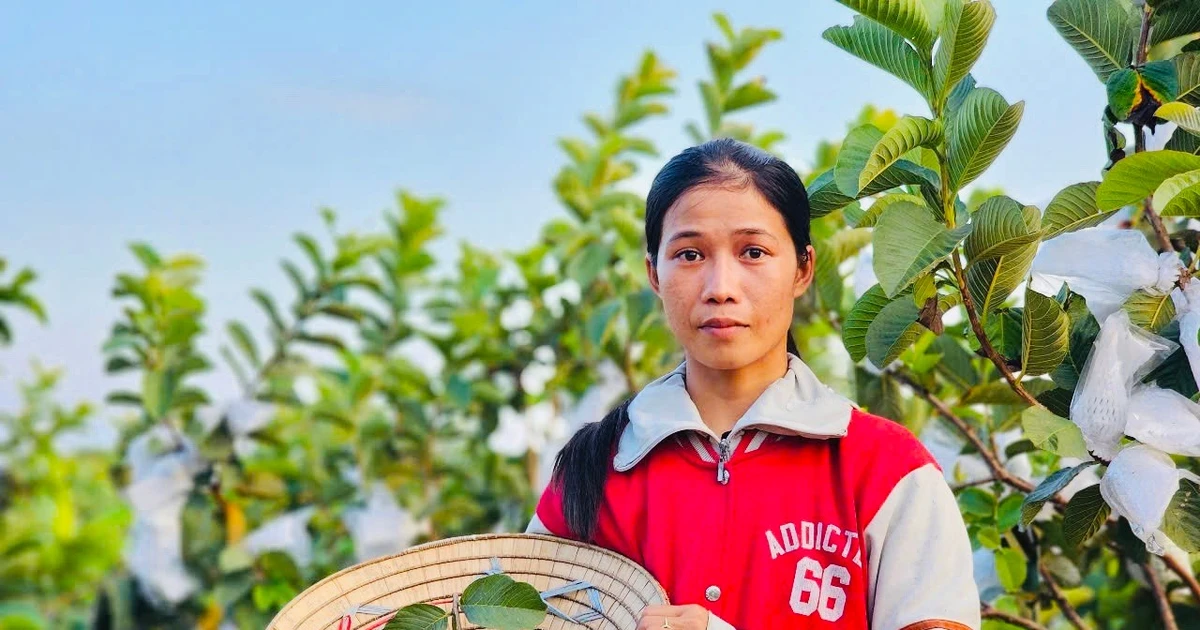



Comment (0)